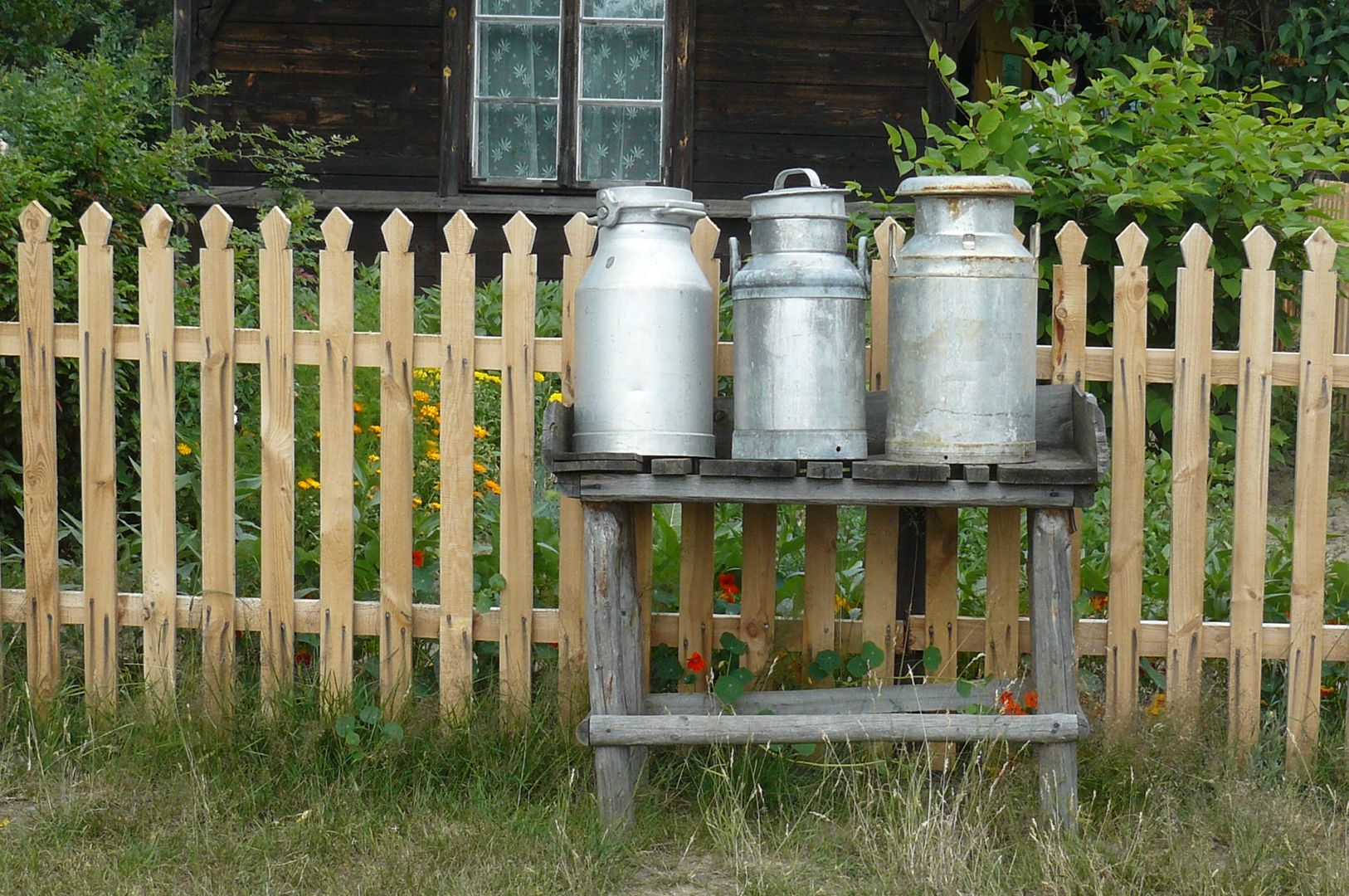Museum of Folk Culture in Osiek nad Notecią
6.44

Overview
The Museum of Folk Culture in Osiek nad Notecią, a branch of the District Museum in Piła, is an open-air museum showcasing the richness of the folk culture of northern Greater Poland, encompassing the regions of Krajna, Pałuki, and the Notecka Forest. Spanning 13 hectares, the ethnographic park features 28 diverse examples of rural architecture, including unique wooden structures such as cottages, barns, and windmills. The museum also houses a permanent archaeological exhibition, which originated in 1972 with the discovery of a multi-chambered cist grave. During excavations, 581 burials and valuable artifacts were uncovered, now displayed in archaeological pavilions.
Notable architectural highlights within the museum grounds include an 1843 wooden house from Lipka, which now serves as the administrative building, and various windmills, such as the 1865 "koźlak" type from Chojna and the 1897 "holender" type from Gromadno. Also of interest are cottages built in different styles, including a historic half-timbered cottage from Głubczyn and frame cottages from Dźwierszno Wielkie and Dzierżążno Wielkie. The museum also features wayside shrines, a bread oven, a forge, and a collection of figurative beehives, illustrating the traditional crafts and daily life of the former inhabitants.
Beyond preserving historical monuments, the museum plays an educational role, bringing the history and traditions of the region to life in an engaging and interactive way. It offers visitors an opportunity to explore the unique folk culture and history of northern Greater Poland.
Location
2025 Wizytor | All Rights Reserved